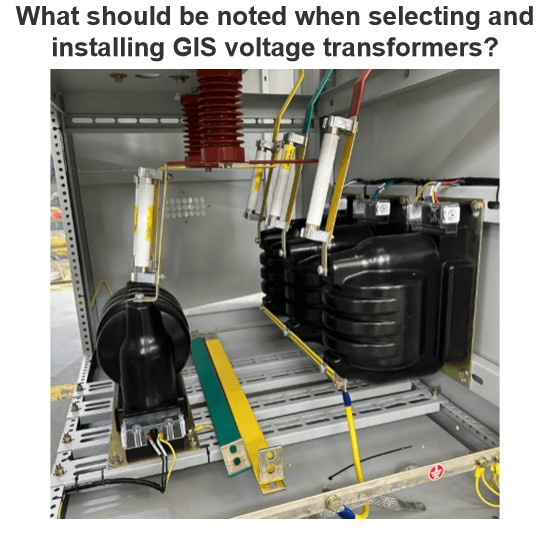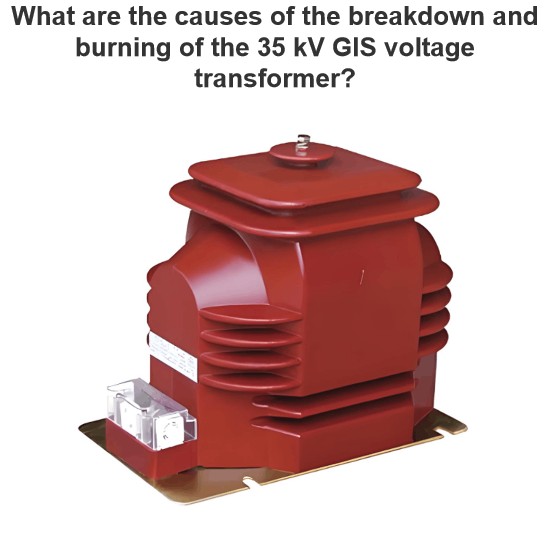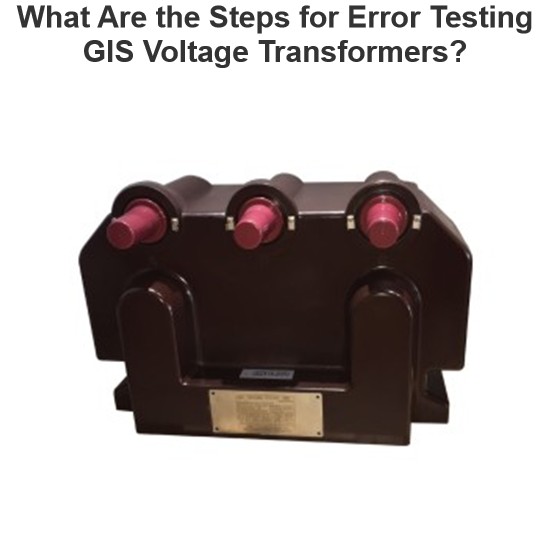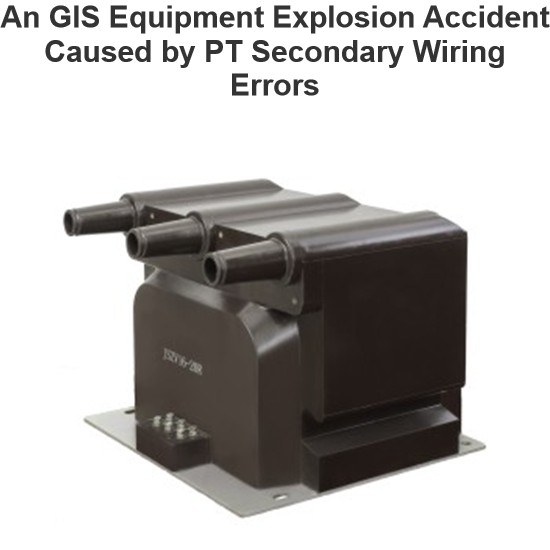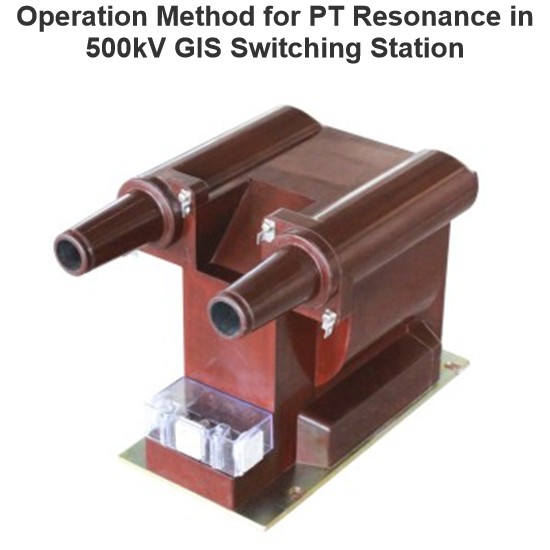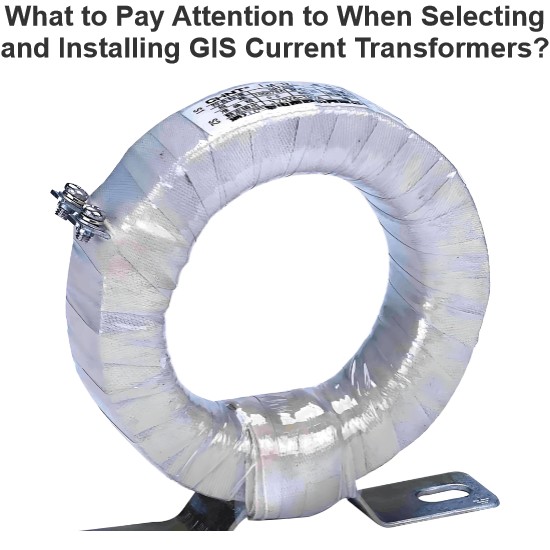| Brand | Wone |
| Model NO. | Zinc oxide surge arrester for lightning protection |
| Rated voltage | 30kV |
| Continuous operating Voltage | 24kV |
| Series | Surge Arrester |
Description:
Zinc oxide surge arrester is a lightning protection device with superior protection performance, light weight, pollution resistance and stable performance. It mainly uses the good non-linear volt-ampere characteristics of zinc oxide to make the current flowing through the surge arrester at normal working voltage very small (microamp or milliampere level); when the overvoltage acts, the resistance drops sharply,venting the overvoltage Energy to achieve the effect of protection. The difference between this kind of lightning arrester and the traditional lightning arrester is that it has no discharge gap, and uses the non-linear characteristics of zinc oxide to discharge and break.
General :
Ratings:0.22-500KV (porcelain),0.22-220KV(composite)
Application.for protection of power transmission& distribution system from over-voltage.
Features:
Silicone polymer housing composite metal oxide surge arrester and porcelain housing metal Oxide surge arresters are available.
Easy installation and maintenance.
Good sealing capability to ensure reliable operation.
Protection and reliability of the surge arrester have been greatly enhanced.
Type designation:

Working condition:
Ambient air temperature:-40℃—+40℃.
Altitude: <=2000m.
Frequency: 48Hz~62Hz.
Power frequency voltage applied between terminals of surge arrester must not exceed continuous operating voltage of surge arrerter.
Earthquake intensity is less than 8 degree.
Max. Wind speed is 35m/s.Aawifflii Surge arrester.
Main techical parameter:
Metal oxide Polymer Housing (Gapless)type Surge Arrester for A.C System(5kA series)
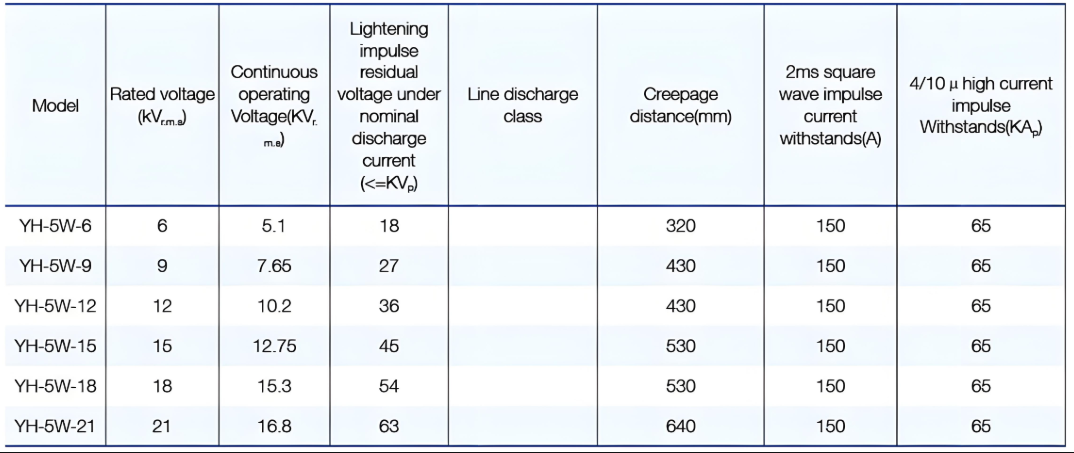

Metal Oxide Polymer Housing (Gapless) type Surge Arrester tor A.C. System (10KA series)
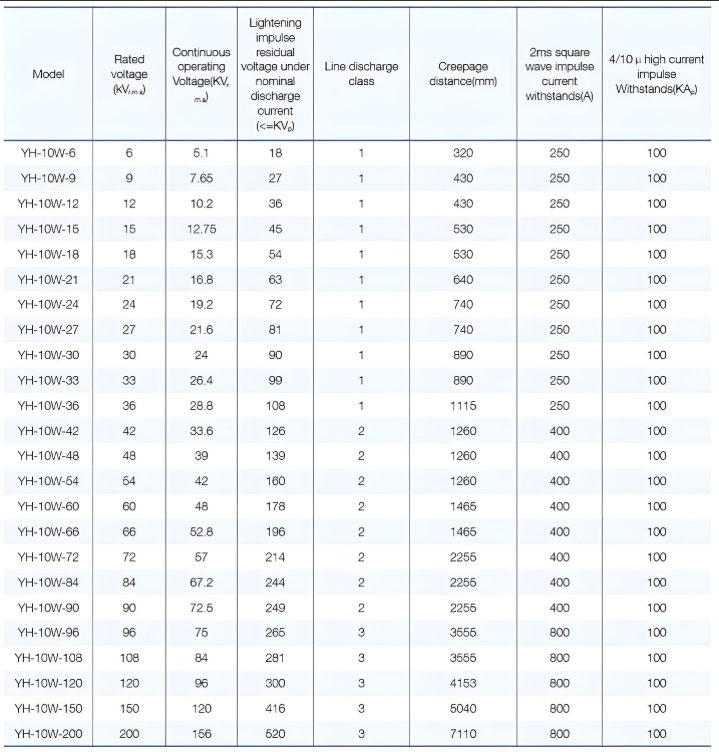
Metal Oxide Polymer Housing (Gapless) type Surge Arrester for A.C. System (20KA series)
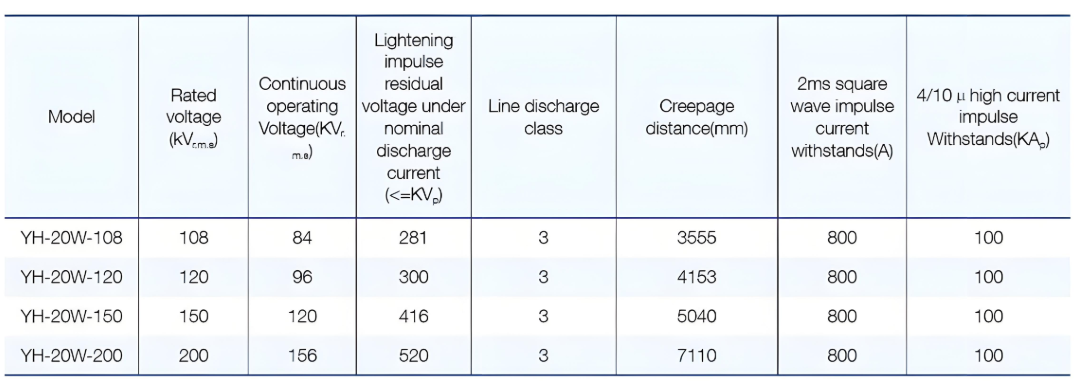
Metal Oxide Porcelain Housing (Gapless) type Surge Arrester for A.C. System (5KA series)
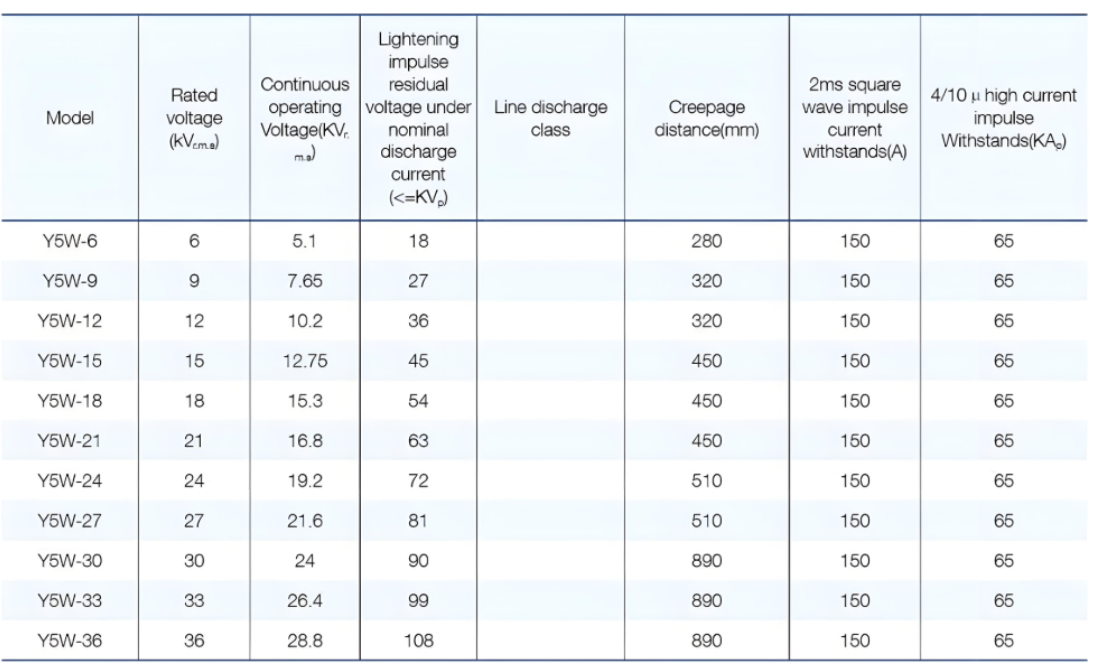
Metal Oxide Polymer Housing (Gapless) type Surge Arrester for A.C. System (10KA series)


Metal Oxide Polymer Housing (Gapless)type Surge Arrester for A.C. System (20KA series)
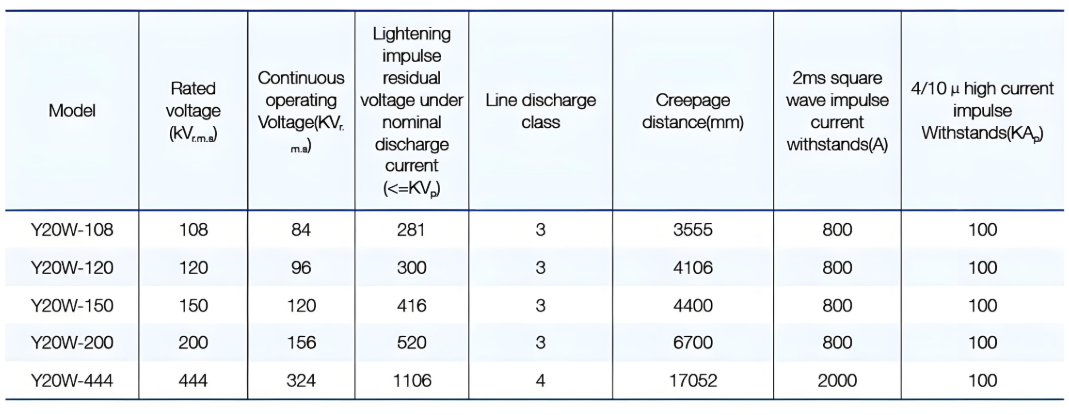
When order,please indicate the detailed information as below listed:
Anti-contamination degree and creepage distance.
Any special requirement.
Accessories.
Max. System voltage.
Rated voltage or Max.continuous operating voltage.
Nominal discharge current.
Type of housing material.
How does the zinc oxide arrester for lightning protection work?
Under normal operating voltage, the zinc oxide varistor discs present a high-resistance state, allowing only a minimal current—typically in the microampere or milliampere range—to flow through the surge arrester. At this time, the arrester acts like an insulator, having virtually no impact on the system's normal operation.
When struck by lightning or when overvoltage occurs in the system (such as from lightning surges or switching overvoltages), the resistance of the zinc oxide varistor discs drops sharply, forming a low-resistance path. This allows the energy generated by the overvoltage to rapidly discharge through the arrester into the ground, thereby limiting the voltage on the protected equipment to within a safe range and effectively protecting the insulation of electrical devices from overvoltage damage.
Once the overvoltage event has passed, the zinc oxide varistor discs quickly return to their high-resistance state, restoring normal power supply to the system and preparing for any potential future overvoltage events.

